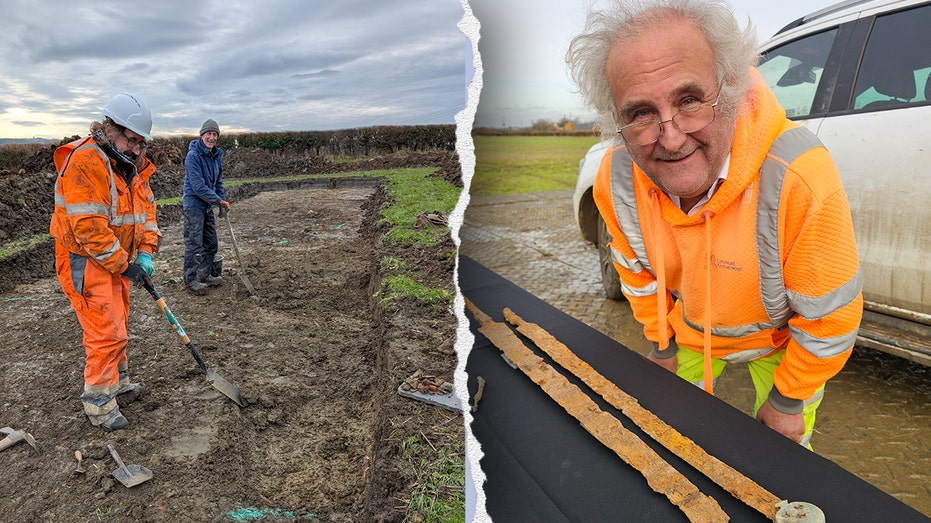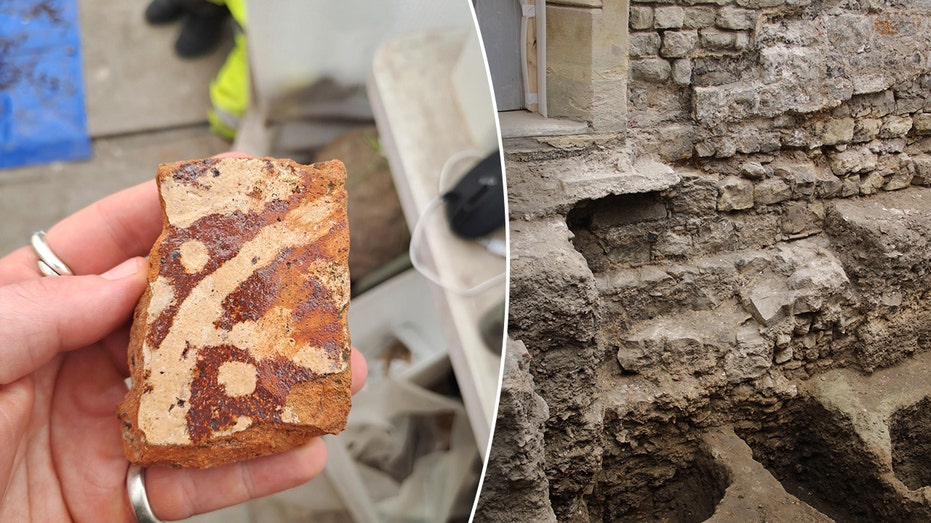Dig Reveals St. Augustine’s Forgotten British Forts—And A Whole Lot of Empty Dirt

Sarah Johnson
April 19, 2025
Brief
Archaeologists in St. Augustine, Florida, uncovered a rare British redoubt, revealing the city’s overlooked British era and offering new insights into its rich, multi-layered history.
St. Augustine, Florida, is famous for its Spanish roots, but archaeologists recently uncovered a forgotten chapter: the city’s brief British period. In a recent dig in the Lincolnville neighborhood, experts stumbled upon the dried-up moat of a British redoubt—basically a mini-fort. Turns out, even America’s oldest city had a British moment, though it barely lasted long enough to make a proper cup of tea.
City archaeologist Andrea White explained that while most people think of St. Augustine as an all-Spanish affair, the British actually held Florida for about 20 years starting in 1763, after Spain traded it away for Havana. The British weren’t exactly at ease in their new digs—worrying about Spanish attacks, they started building a defensive ring of small forts, hoping to connect them with walls and moats. Spoiler: The plan fizzled out when the American Revolution ended and the threat vanished. So much for British ambition in the swamps.
What really surprised the team wasn’t what they found, but what they didn’t find. Normally, St. Augustine’s ground is packed with artifacts from 4,000 years of history, but this spot was oddly barren. White said they turned up just a few pottery shards, some shotgun pellets, and bits of lead—not exactly a treasure chest. But, as she pointed out, archaeology is about the story, not the stuff. "It’s not what you find, but what you’d find out," she said.
One highlight? Seeds preserved in the moat thanks to the high water table—an unexpected biological time capsule. White’s team is now working with an ethnobotanist to figure out more about what was growing (or floating) there centuries ago.
These redoubts are rare, some of the only British-built defenses in a city known for Spanish architecture. Most of the time, the British just recycled old Spanish forts. White believes there are at least six more of these British outposts out there, waiting for a little attention—and hopefully, a few more artifacts.
St. Augustine’s archaeological team digs up over 60 sites a year, proving there’s still plenty to unearth in America’s own backyard. As White put it, yes, the U.S. has archaeology, too, even if the ruins aren’t quite ancient by European standards. And every shovel in the ground gets us closer to understanding who we are now, not just who we used to be.
Topics
Editor's Comments
Imagine building a fort, stressing about attacks, and then history changes channels before you even finish the walls. The British era in Florida was basically the historical equivalent of someone crashing a party, then realizing they’re at the wrong house. Still, it’s wild how even the emptiest dirt can teach us something—sometimes, what’s missing is the real story.
Like this article? Share it with your friends!
If you find this article interesting, feel free to share it with your friends!
Thank you for your support! Sharing is the greatest encouragement for us.



